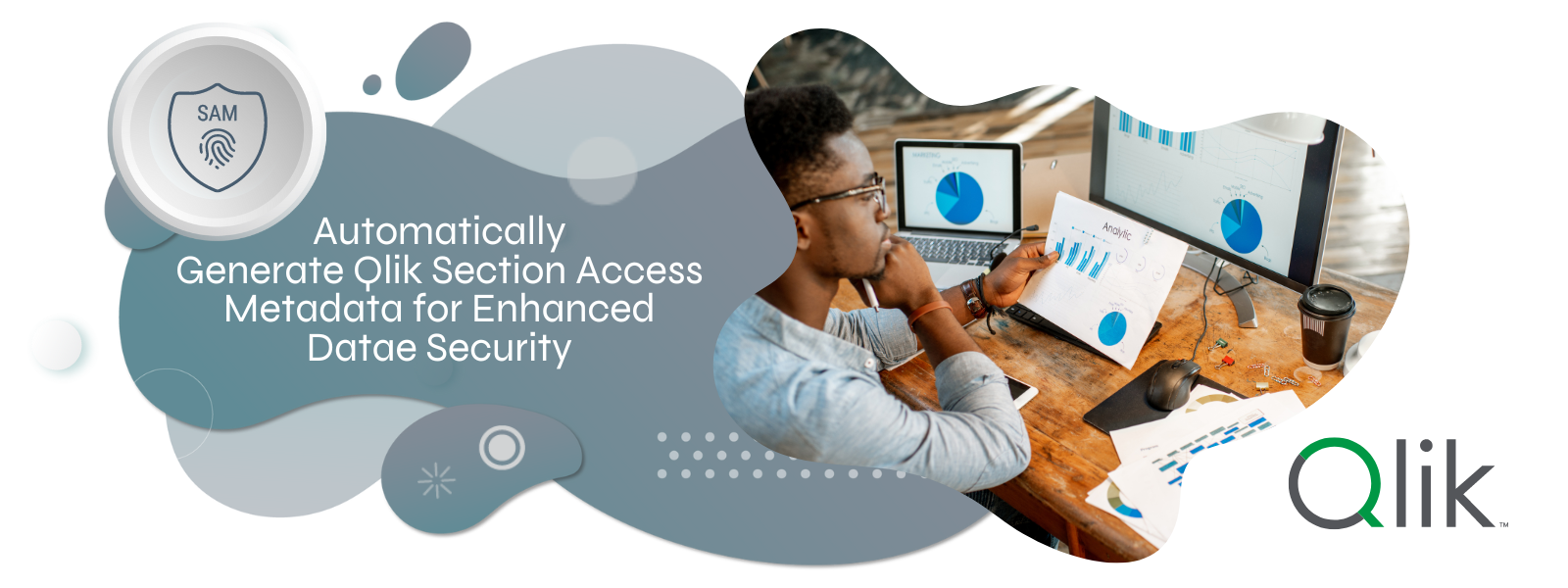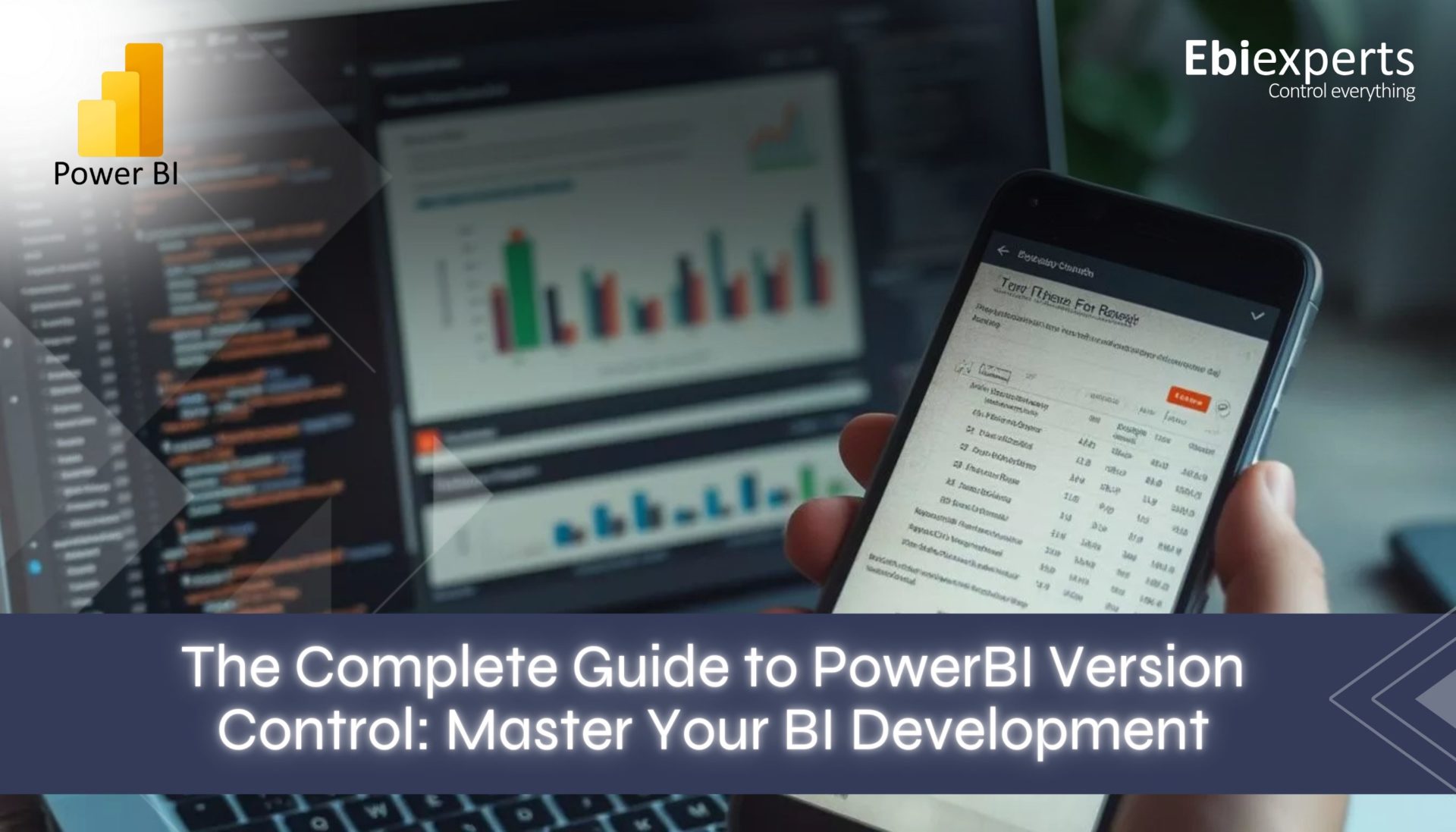In the rapidly evolving world of data analytics and security, understanding and implementing Qlik section access metadata for reductions and OMIT section access fields is crucial. This blog post delves into the significance of these features in Qlik Sense, a leading data visualization and business intelligence tool, and how they can transform your business’s data management and security protocols.
Understanding Qlik Section Access for Data Security
Qlik Sense offers a robust feature known as section access that enhances data security by controlling user access to specific data within an app. This feature is essential for organizations that need to safeguard sensitive information and ensure that only authorized personnel can view certain data segments.
The Role of Reduction Fields in Section Access
Reduction fields are pivotal in section access as they determine which data subset a user can access. By defining reduction fields in your Qlik Sense applications, you can tailor data visibility based on user roles or departments, thus enhancing data confidentiality and compliance with data protection regulations.
Benefits of Using OMIT Fields
OMIT fields take data security a step further by allowing administrators to specify fields that should be excluded from a user’s view. This is particularly useful in scenarios where certain data elements are sensitive or irrelevant to specific users, thus minimizing the risk of data leakage and ensuring a cleaner, more relevant data environment for users.
How Section Access Benefits Your Business
Implementing section access in Qlik Sense brings several benefits to your business:
Implementing Section Access in Your Qlik Sense Environment
To effectively implement section access in Qlik Sense, follow these steps:
Conclusion
Automatically generating Qlik section access metadata for reductions and OMIT section access fields is not just about enhancing data security; it’s about transforming how your business manages and interacts with data. By implementing these features, you ensure that your data analytics tools are not only powerful but also secure and compliant with necessary standards. Embrace these capabilities to drive better business outcomes and maintain a competitive edge in the data-driven world.



